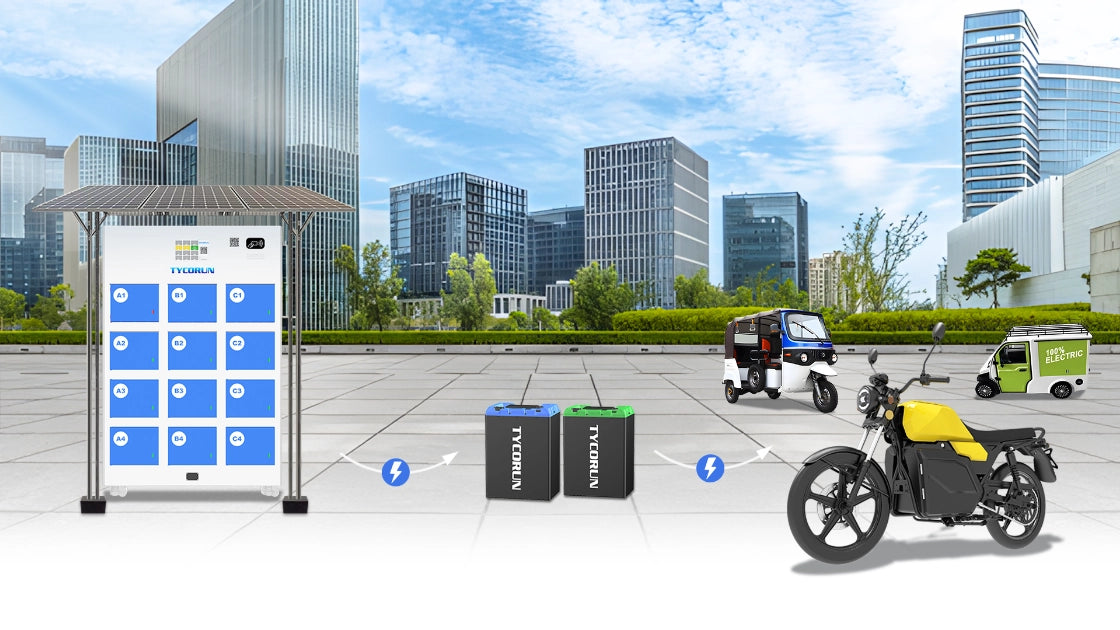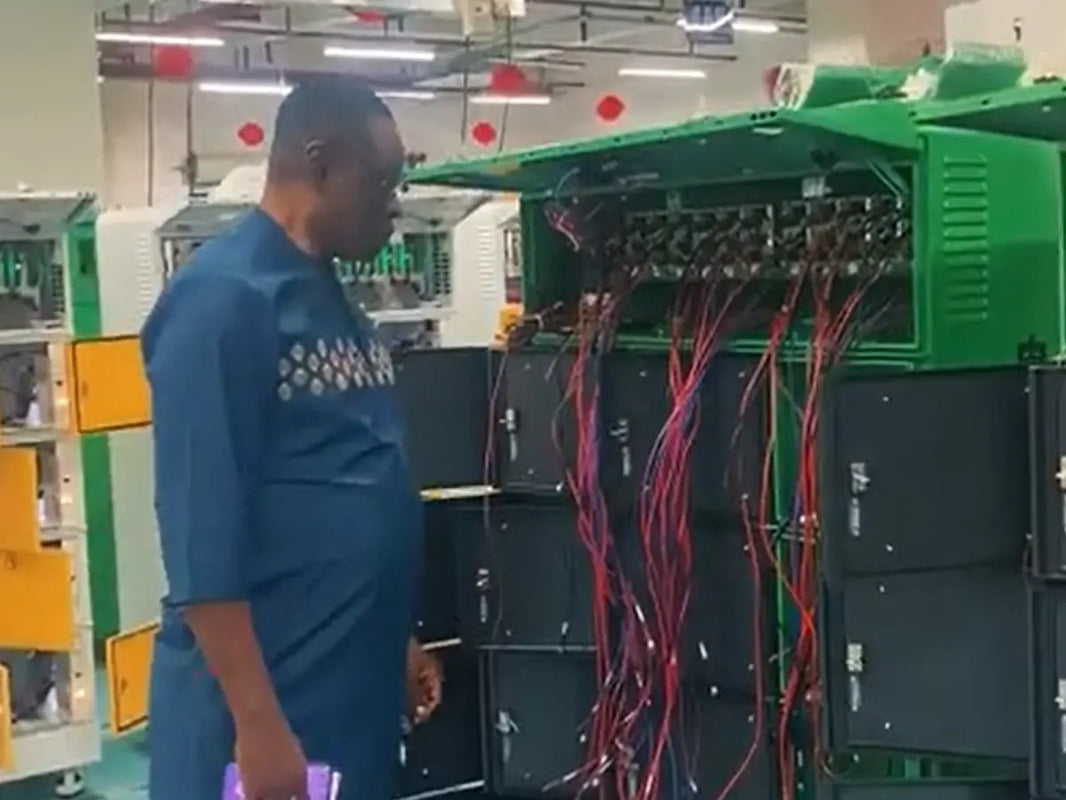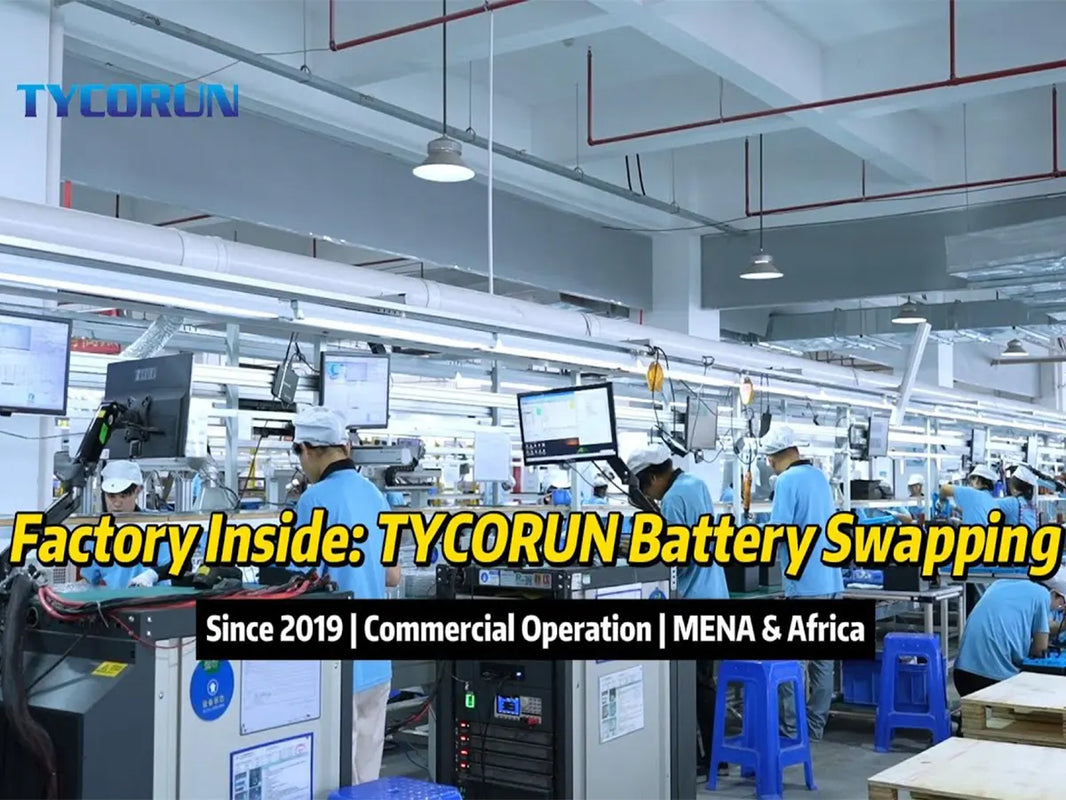
Main content:
- The working principle of charging 24v lithium batteries
- How do you charge a 24v battery
- What voltage should i charge a 24v battery
- What is the maximum charging current for a 24v battery
- Charging 24v lithium battery vs. charging 48v lithium battery: where are the differences
- How do you tell if a 24v battery is fully charged
- What to notice when charging 24v battery
- When do you need to charge the 24v lithium battery
- How long does it take to charge a 24-volt battery how to calculate
- FAQs about charging 24v lithium battery
- What happens if i charge a 24v battery with a 12v charger
- Do 24v batteries charge faster than 12v
- Can a 12v panel charge a 24v battery
- Conclusion
Introduction:
Charging 24V lithium battery is a critical aspect of maintaining its performance and longevity. As lithium batteries become increasingly popular due to their high energy density and long lifespan, understanding the proper methods for charging 24V lithium battery is essential for maximizing its efficiency and safety. In this comprehensive guide, we will delve into the working principle of charging 24V lithium battery, explore various methods of charging a 24V battery, discuss the voltage and current requirements for charging 24V lithium battery, compare charging 24V and 48V lithium batteries, and provide essential tips for charging and maintaining these batteries. Whether you are using a battery charger, a solar panel, or a generator, this article will equip you with the knowledge to effectively charge your 24V lithium battery.

1. The working principle of charging 24v lithium batteries
The procedure for charging 24V lithium batteries entails the introduction of an external electrical current to the battery, which induces the migration of lithium ions between the cathode and anode. This phenomenon, observed during both charging and discharging, represents the underlying operational principle of lithium batteries.
2. How do you charge a 24v battery
Charging 24V batteries can be accomplished using several methods:
(1) Charging 24V Battery with a Battery Charger: The most common and straightforward method of charging 24V lithium battery is using a dedicated 24V battery charger. These chargers are specifically designed to provide the correct voltage and current for efficient and safe charging of 24 batteries. So to maintain the health of your battery, choose a dedicated charger for 24V lithium batteries.

(2) Charging 24V Battery with a Solar Panel: Solar panels offer an eco-friendly and increasingly popular option for charging 24V lithium battery, particularly in off-grid or remote locations. In order to efficiently charge a 24V battery using a solar panel, the utilization of a solar charge controller is essential. The role of this controller is to adjust the power and prevent short circuit or over current. By doing so, the solar charge controller ensures an ideal charging process and helps prolong the battery's lifespan.
(3) Charging 24V Battery with a Generator: In situations where access to electricity or solar power is limited, a generator can be used for charging 24V lithium battery. However, it is crucial to use a suitable charging device and ensure the generator's compatibility with 24V lithium batteries to avoid damage or unsafe charging conditions.
3. What voltage should i charge a 24v battery
When charging a 24V battery, it is essential to apply a voltage slightly higher than its nominal voltage. The typical voltage range for charging 24V lithium battery is around 29 volts. This voltage level ensures efficient charging.
4. What is the maximum charging current for a 24v battery
The maximum charging current allowable for a 24V battery is contingent on its capacity and C rating provided by the manufacturer. As a general rule of thumb, the safe charging current for a 24V lithium battery ranges from 10% to 30% of its capacity.
5. Charging 24v lithium battery vs. charging 48v lithium battery: where are the differences
Charging 24V lithium battery and charging a 48V lithium battery share similarities, but the key difference lies in the voltage and current requirements. To effectively charge a 48V lithium battery, providing the appropriate voltage and current for a 48V system is required. And these parameter values will be higher than the charging parameters of 24v lithium battery, the requirements for BMS may be stricter, and will also change with the actual needs of the application scene. Using the wrong voltage or current level for charging can lead to suboptimal charging or potential damage to the battery.
6. How do you tell if a 24v battery is fully charged
Knowing when a 24V battery is fully charged is crucial to prevent overcharging and ensure optimal performance. Several methods can determine if a 24V battery is fully charged:
(a) Voltage Reading: Using a voltmeter. For example, measure the 18650 battery voltage. Once the battery reaches its charging cut-off voltage, it is considered fully charged.
(b) Charging Current: Monitor the charging current during the charging process. Since lithium-ion batteries are charged in CCCV mode, when the battery approaches full charge, the charging current will gradually decrease until it reaches a minimal value. This decrease in current indicates that the 24V battery is nearly or fully charged.
(c) Battery Management System (BMS): Some lithium batteries come equipped with a Battery Management System (BMS) that provides valuable information about the battery's charge status. BMS systems often have indicators or communication interfaces that allow users to monitor the battery's condition during charging and discharging.
7. What to notice when charging 24v battery
To ensure safe and efficient charging of 24V lithium batteries, it is essential to pay attention to the following considerations:
(a) Use the Right Charger:
Tt is crucial to utilize a charger explicitly created for 24V lithium batteries at all times. Using an incompatible charger may result in overcharging, overheating, or potentially causing harm to the battery.
(b) Temperature Considerations:
Charging a lithium battery at extreme temperatures (very hot or cold) can be detrimental to battery life and performance. The optimal charging temperature is usually between 20°C to 25°C (68°F to 77°F).
(c) Ventilation:
When charging a battery, ensure that the charging area is well-ventilated. Lithium batteries can generate heat during charging, and proper ventilation helps dissipate this heat and prevents overheating.
(d) Avoid Overcharging:
Overcharging a lithium battery can lead to severe consequences, including reduced battery life, potential damage, or even safety hazards. To prevent overcharging, use a charger with an automatic shut-off feature or a Battery Management System (BMS) that terminates charging when the battery reaches its full capacity.

(e) Avoid Deep Discharges:
Although lithium batteries generally possess a lengthier lifespan and are less susceptible to memory effects in comparison to other battery chemistries, it is recommended to minimize deep discharges whenever feasible. Regularly charging the battery before it reaches critically low levels can help extend its overall lifespan.
8. When do you need to charge the 24v lithium battery
It is best to charge a 24V lithium battery when its state of charge drops to around 20% to 30%. Avoiding complete discharges and charging can prevent potential damage and help the battery to be in good condition.

9. How long does it take to charge a 24-volt battery how to calculate
The charging time for a 24V battery depends on its capacity and the charging current. To calculate the approximate charging time, use this formula:
Charging Time (hours) = Battery Capacity (Ah) / Charging Current (A)
For instance, if you have a 200Ah 24V battery and are charging it with a 20A charger, the charging time would be:
Charging Time = 200Ah / 20A = 10 hours
However, keep in mind that real-world conditions, such as the battery's condition, charging efficiency, and ambient temperature, can slightly affect the actual charging time.
10. FAQs about charging 24v lithium battery
(1) What happens if i charge a 24v battery with a 12v charger?
Charging a 24V battery with a 12V charger will not fully charge the battery, and it may damage the battery cells. The voltage provided by the 12V charger is insufficient for a 24V battery, leading to an automatic decrease of current and potentially harmful effects on the battery's health.
(2) Do 24v batteries charge faster than 12v?
The charging speed depends on the battery's capacity and the charging current, rather than its voltage alone. For example, a 24V battery with a higher capacity might take longer to charge than a 12V battery with a lower capacity, assuming the charging current remains the same for both batteries.
(3) Can a 12v panel charge a 24v battery?
No, a 12V solar panel cannot directly charge a 24V battery. You can use a solar charge controller capable of stepping up the voltage to meet the specific requirements of the 24V battery. Alternatively, you can use multiple 12V panels wired in series to achieve the required voltage for charging 24V lithium battery.
11. Conclusion
Charging 24V lithium battery properly is crucial for maximizing its performance, efficiency, and overall lifespan. Whether you are using a dedicated battery charger, a solar panel setup, or a generator, always adhere to the recommended voltage and current requirements for safe and efficient charging. Monitoring the battery's charge status, avoiding overcharging and deep discharges, and maintaining optimal charging conditions will contribute to a longer-lasting and reliable battery for your various applications. With the knowledge gained from this comprehensive guide, you can confidently charge and maintain your 24V lithium battery, ensuring it remains a reliable power source for your devices and systems.
Related articles: how to charge 12v battery, fast charging lithium ion battery, 18650 battery charger















